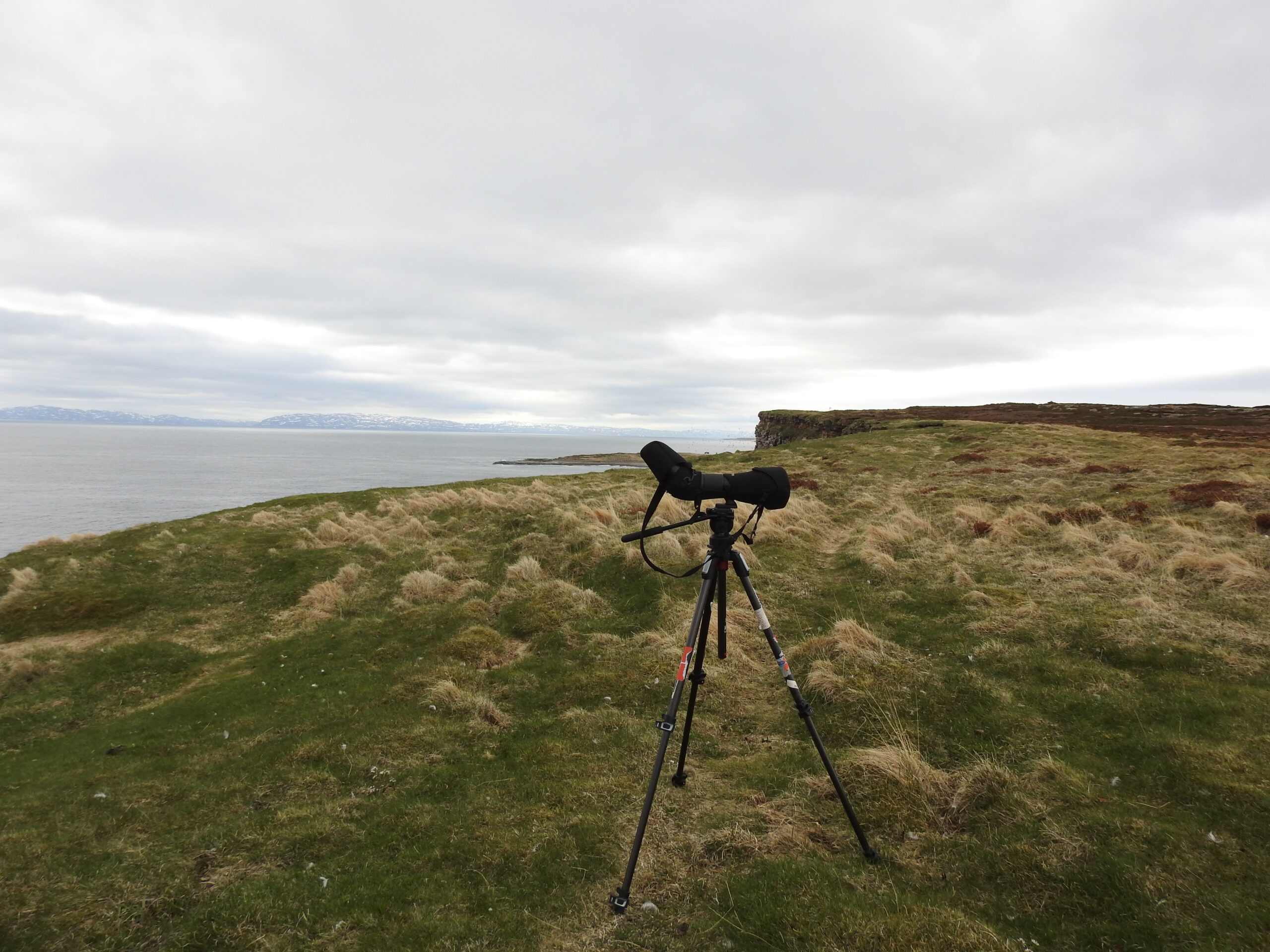
Monsoon Seawatch

Seawatching along the western coast of India during the Southwest Monsoon offers a unique opportunity to observe seabirds driven closer to shore by the monsoon winds. During this time, strong winds blow inland, making coastal locations ideal for spotting a variety of seabird species. Monsoon winds, rain and choppy seas create an environment where birds are often seen flying low over the water or soaring with the wind currents. The west coast, with its strategic vantage points and dynamic weather, becomes is ideal for birders eager to witness these rare pelagic visitors during the height of the rainy season.
Monsoon Seawatch is an annual event that, over multiple years, will allow us to understand the status of seabirds in the Indian Ocean over many years of monitoring. Participants are expected to follow a fixed protocol to enable greater collective learning.
Please refer to the Land-based Seabird Monitoring Protocol before starting your seawatch. We especially encourage birders from the the western Indian Coast and Sri Lanka – Specifically the Indian states of Gujarat, Maharashtra, Goa, Karnataka, Kerala, and southern Tamil Nadu till Rameswaram. The western coastline directly faces the southwest monsoon winds, making it especially conducive for seabird activity.
Do take photos of seabirds and seawatching and tag the social media handles of any of the organizers!
What can you expect?
An overview of likely species.
| Pale Terns | Great Crested & Lesser Crested Tern (more of former), Common Tern, and rarely White-cheeked, Roseate, Sandwich or Arctic Tern, beached birds may include Saunder’s or even White Tern |
| Dark Terns | Bridled Tern and Sooty Tern (more often juveniles) |
| Noddies | Lesser and Brown Noddy |
| Frigatebirds | Lesser, sometimes Christmas Island and Greater Frigatebird |
| Storm Petrels | Wilson’s and rarely Swinhoe’s Storm Petrel |
| Shearwaters & Petrels | Flesh-footed Shearwater, sometimes Persian and Streaked Shearwater, possibly Wedge-tailed or Tropical Shearwater or Jouanin’s Petrel |
| Skuas | Arctic (=Parasitic) and rarely Long-tailed Skua, Pomarine in monsoon is rare, Brown and South Polar Skuas may be expected |
| Gulls | Usually rare in July but Sooty and White-eyed Gull may be expected |
| Boobies | Masked Booby (usually shored) but can expect Brown and Red-footed Boobies as well |
| Tropicbirds | Usually rare but beached Red-billed or White-tailed Tropicbirds possible |
| Phalaropes | Possibly Red-necked Phalarope |
| Albatrosses | If you are lucky, Grey-headed Albatross |
If you are lucky, you can expect to see not just one or two nice birds but 100s of shearwaters and storm-petrels among many other exciting species like Grey-headed Albatross, Arctic Tern, many frigatebirds and noddies.
Collaborating Groups
- Indian Seabird Group (Overall)
- Kerala Bird Monitoring (Kerala)
- Coastal Karnataka Birdwatchers Network (Karnataka)
- MrugayaXpeditions (Goa)
- Arannya Environment Research Organisation (Goa)
Coming Soon
- Sea-Watching Protocol Webinar



Header Image: © Ashwin Viswanathan
